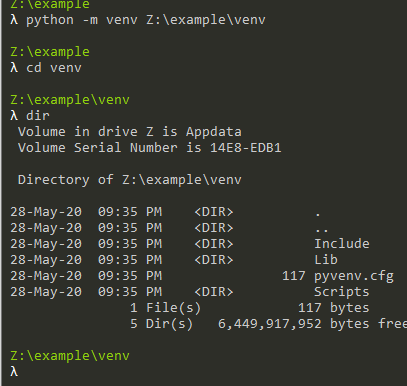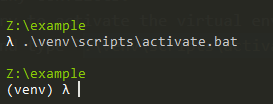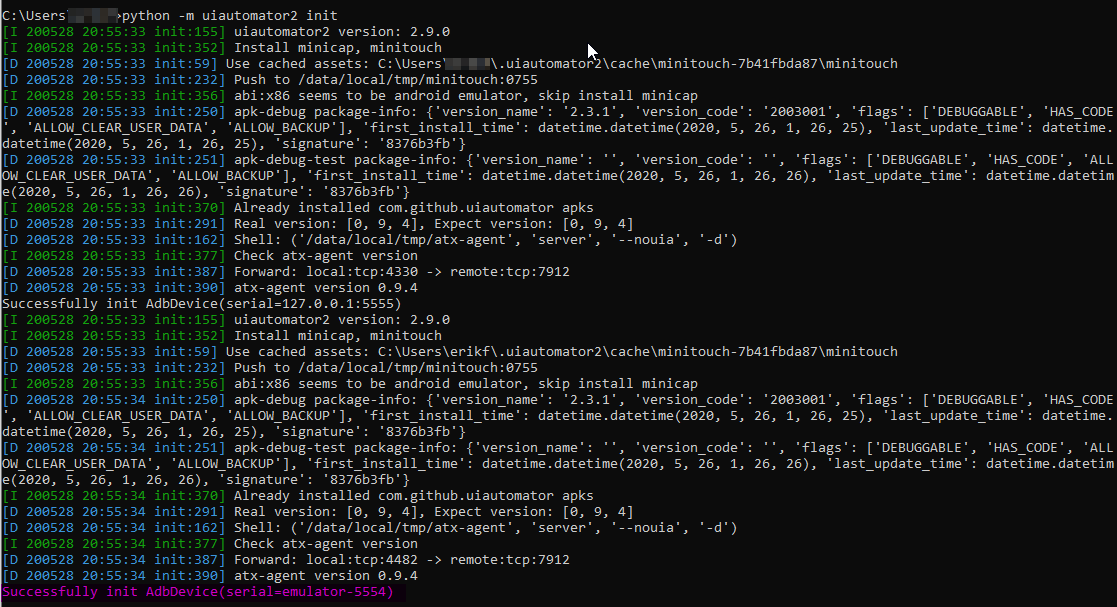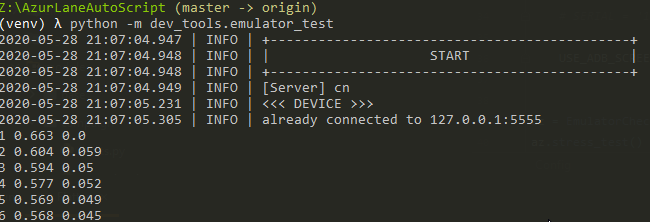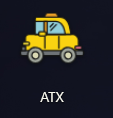Assets: [EN] updated some templates assets using relative_crop.py Campaign: Added 12-4 support Fix: Added camera_data_spawn_point on 7-2 mystery to avoid dont detected a fleet when camera focus on H1
4.8 KiB
Quick guide
Requirements
- A good PC (Potato PC may have problems running the emulator correctly)
- Python installed and added to PATH (is highly recommended 3.7.6 64bit version only)
- Latest ADB added to PATH.
- I don't know how to add to PATH
- The use of a virtual environment (venv) in python is highly recommended
- ADB debugging enabled and emulator with 1280x720 resolution
- Read the entire guide before asking any questions.
New installation method (Recommended)
- Just download the file EasyALAS_CLICK_INSTALL.bat, put in some folder and run as administrator (
Right click> Run as administrator) - Then it will install everything and download ALAS
- Will be created a folder
AzurLaneAutoScriptin the directory you runEasyALAS_CLICK_INSTALL.bat - To Run ALAS, just click in
alas.bat - to avoid connection errors it's recommended to configure your emulator port correctly in the
alas.batfile, just open it with notepad and edit line 6, remove the::and configure with your emulator PORT, below you have more information on how to find your emulator PORT, READ ALL. - It probably doesn't work on windows 7, you can test it and if it doesn't work try manual installation, tested on Windows 10 x64 Version 2004.
How to create e python virtual environment
-
First install Python
-
Create a folder where you will put the virtual environment, I recommend creating a folder
venvin the project's root directory -
Go to project root in command line
-
type
python -m venv path_to_your_folder\venvYou can see that now python has created some folders and files in the venv folder, it has created a completely clean virtual environment, thus preventing any conflicts.
-
Now, it is necessary to activate the virtual environment in command line, go to project root (the same where you have the file alas.py) and type
.\venv\scripts\activate.batLook that a
(venv), with that we know that we are in a virtual environment.If you type
pip listshould get this output:Now, you can proceed with the installation of the requirements through
pip install -r requirements.txt
Installation
-
Clone this repository
-
Install the requirements.txt (
pip install -r requirements.txt) -
Install an android emulator (Tested on BlueStacks)
-
The android emulator resolution must be set to
1280x720 -
Test if the ADB is working correctly
adb devicesThe output must be something like this
Test if your Python is working correctly
python --version -
Install uiautomator2
uiautomator2, is an automated test library that can speed up screenshots and clicks. You can also use ADB to perform screenshots and clicks, but it is a slower way.
For performance optimization, it is recommended to use ADB screenshots, uiautomat2 screenshot slightly faster than adb screenshot, but cpu consumption double.
-
Perform
python -m uiautomator2 initThe output must be something like this:
-
Check if uiautomator2 was installed successfully
Modify the serial in \dev_tools\emulator_test.py line 31 and, execute from root project directory (the same where you have the file alas.py)
python -m dev_tools.emulator_test
The output must be something like this:
The default serial for some emulators:
| Android Emulator | serial |
|---|---|
| NoxPlayer | 127.0.0.1:62001 |
| MuMuPlayer | 127.0.0.1:7555 |
| Bluestacks | 127.0.0.1:5555 |
| LDPlayer | emulator-5554 |
You can check a new app installed in your emulator:
If you open up can check if are running:
If are not running, you cannot use U2 and will get error.
How to use Use
Double-click alas.pyw to run via graphical interface (GUI), If dont work you can double-click alas.bat or type py alas_en.pyw from command line to open the GUI
Multi-usage: copy alas.pyw, and rename, double-click run on it. The settings of template.ini are copied when the first run runs. The script runtime uses the ini profile of the same name.
